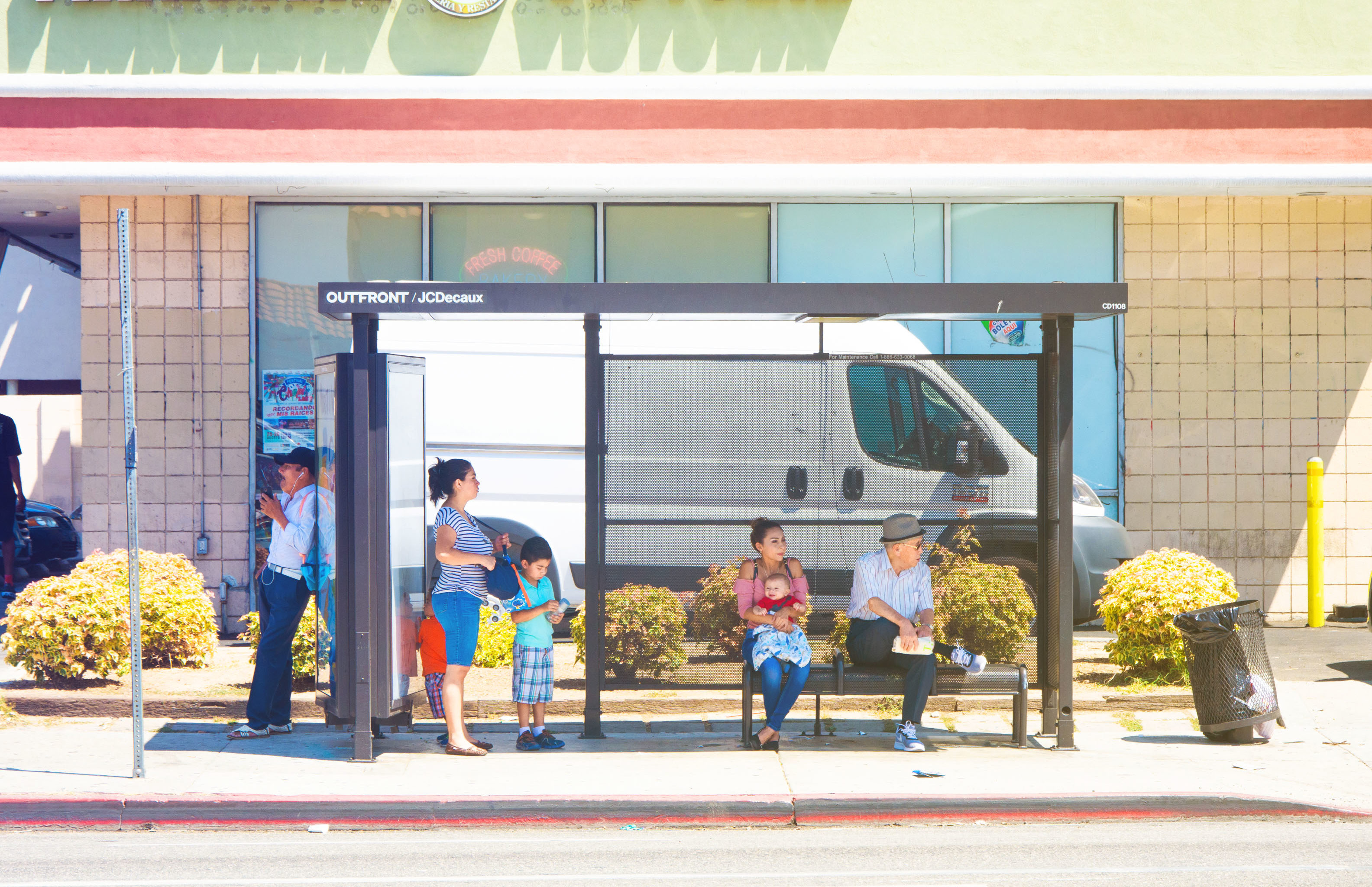
A belief in the futility of behavior change underlies many of today’s conversations about reducing greenhouse gas (GHG) emissions. If you want to affect real change, this thinking goes, then just make the energy clean so that everyone can use as much as they please.

Metro Paris by Roman Lashkin is licensed under CC BY 2.0
In reality it is not clear that supply-side changes alone will be sufficient, and changing behavior through incentives is different from changing behavior by changing the mindsets of individuals — the latter (e.g. ‘turn off your lights when you leave the room’) being a much greater task. Infrastructure itself creates perhaps the most influential incentives in transportation (incentives to drive are stronger if I have easy access to a low-congestion highway route). Cost is the other big factor, in terms of both money and time.
As WRI’s CityFix highlights this week, reducing travel demand is the most effective means of reducing transportation’s negative societal impacts, followed by a shift from private automobiles to other modes. Reducing and shifting demand will each require changes to infrastructure and changes to the way transportation is priced and paid for — including congestion, parking, highways, and public transportation alike.
This breadth of transportation-related solutions with the capacity to reduce GHG emissions has not been fully explored in the climate change mitigation community. A recent article in Science highlights that most global climate models’ transportation focus is on fuel efficiency and lower-carbon fuels, and finds that significantly greater GHG reductions (20-50% total reduction between 2010-2050) can be achieved by including strategies that reduce and shift demand.
One of the reasons policy-makers hesitate to engage on these topics is that measurement and verification of changes in demand is messy at best. How do you calculate the carbon emissions savings of a new transit-oriented development? The impacts of policy-changes in land use and transportation are often so indirect and long-term as to defy specific measurement. Another reason for hesitancy to embrace demand-side policies is the political challenge of creating strong incentives at the local level, where projects with substantial demand impacts are ultimately implemented. Has any country managed to strike the right balance between top-down and bottom-up land use regulation? Does anyone know what that balance is?
Research is nonetheless decisive that high density, ‘complete’ neighborhoods with high quality public transportation options, limited parking, and nearby jobs significantly reduce car ownership and thus vehicle miles traveled (VMT). Transportation demand management programs around the world are providing substantial return on investment by accomplishing the same VMT-reduction goal.
To be sure, some big unanswered questions remain, especially around shared use mobility — such as car share, ride share, and bike share — and autonomous vehicles. New work from NRDC and UC Berkeley (in partnership with Uber and Lyft) will begin to shed light on the former, though this one study will be just the tip of an iceberg. The impact of autonomous vehicles will realistically remain a major question mark for years to come, even once they see substantial market penetration.
We must not let this uncertainty bind our hands in inaction. We know more than enough to move forward with confidence in a suite of policy tools that, especially when implemented in coordination with one another, can spur economic development, grow communities, and substantially reduce GHG emissions from transportation. Cities are doing this, and the private sector is starting to do this as well — and often the two in collaboration. While supply-side interventions are important, they don’t carry the excitement, dynamism, or visible social impact of changes that take place within communities.
National government leaders are hearing increasingly coordinated calls from cities and non-governmental actors to embrace the great diversity of climate change solutions already applied in communities around the world. Hopefully COP21 is the conference where national leaders begin to think beyond fuel efficiency, electrification, and low-carbon fuels, and embrace the much more diverse toolkit that city leaders have been using to create strong, low-carbon communities for centuries.
I am a strong believer that reducing GHG emissions requires an all-hands-on-deck approach, which is what led me to a pursue a research fellowship with Project Drawdown last spring — an organization working to analyze and promote a wide range of climate solutions that are technologically and economically feasible today. This coming week, I’ll be a representative of both Project Drawdown and TransitCenter at COP21 in Paris.
Across the Atlantic, however, the Paris regional transit agency has embarked on a street-level rail expansion effort far surpassing that of any city here.
Read MoreAt the COP21 climate conference in Paris earlier this month, presentations from government and NGO bureaucrats showcasing effective climate change...
Read More